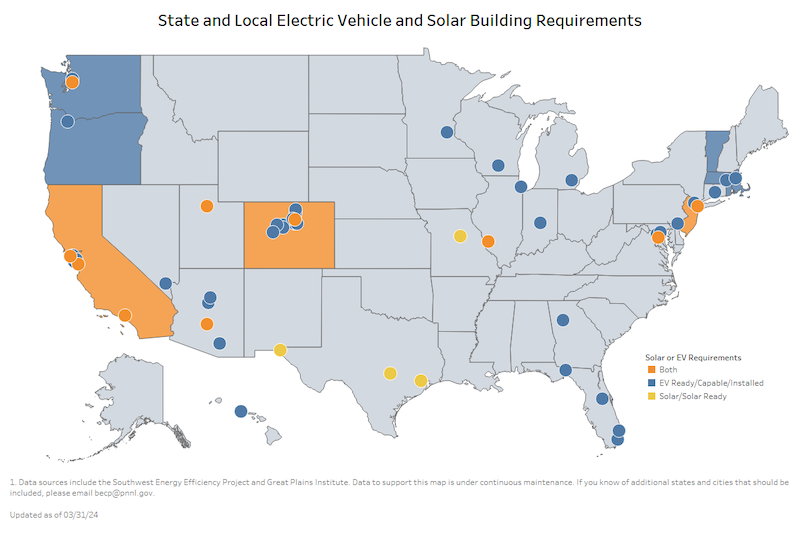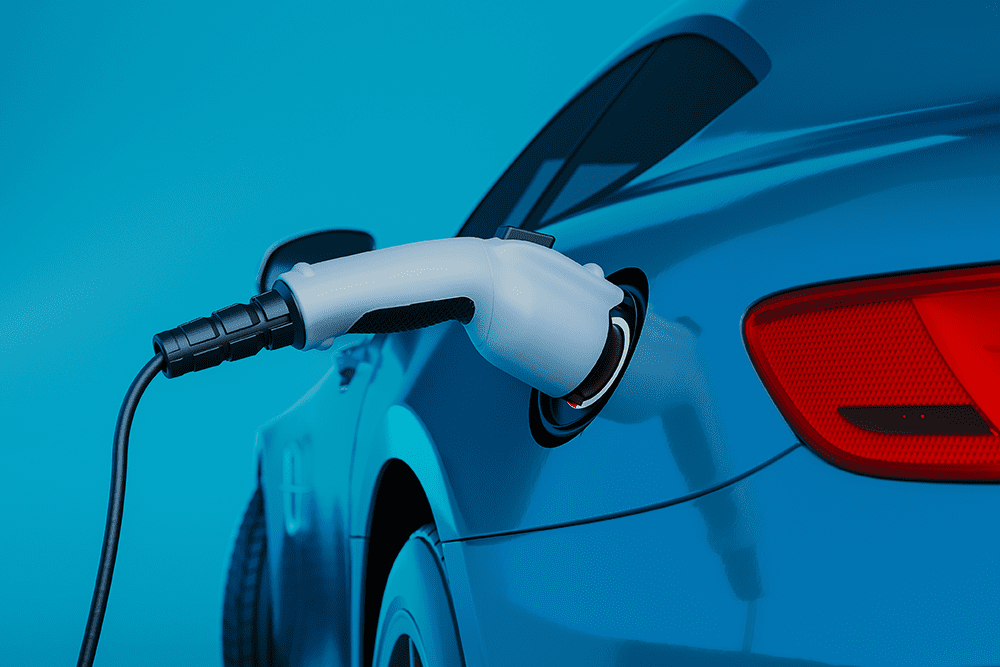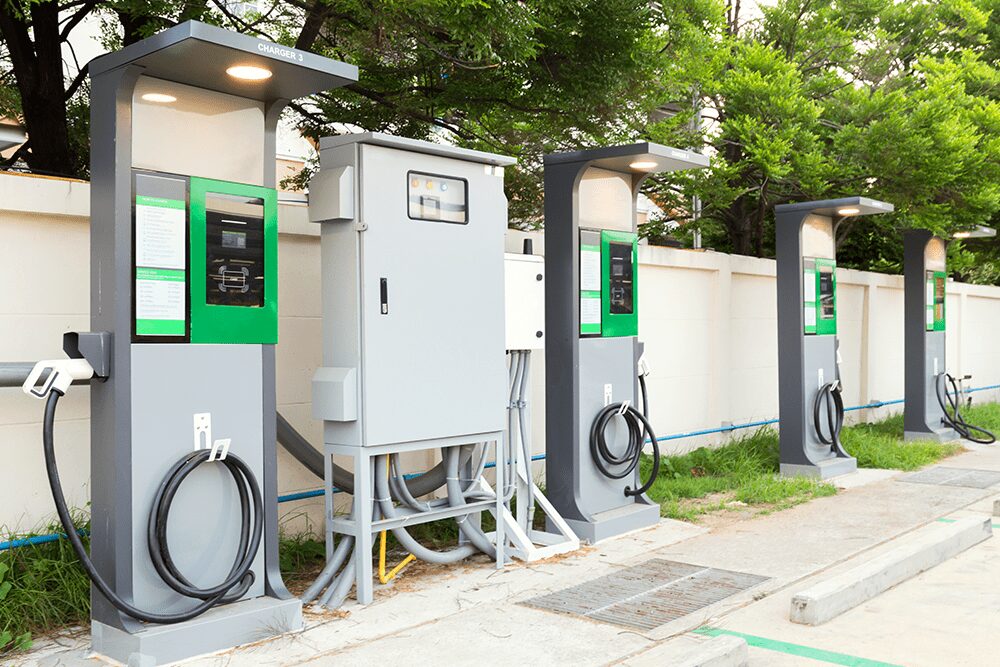
The Latest in California and National EV Codes and Standards
Introduction
As the world looks to reduce greenhouse gas emissions from transportation, the shift toward electric vehicles (EVs) is becoming more and more critical. For this shift to take place successfully, the charging infrastructure must be robust. With states such as California making the transition to electric vehicles a high priority, EV charging infrastructure codes and standards are constantly being reassessed, with new standards being introduced at a regular cadence.
2050 Partners works with utilities to support California building codes and national model codes. Learn how EV charging infrastructure standards are presently constituted (in California and nationally), and where we expect them to go in the future.
Where Codes Are Now
The state of California has been working to develop EV charging infrastructure standards for the last decade. Many key stakeholders are involved in this process, including the California Building Standards Commission, the Department of Housing and Community Development, and the California Air Resources Board (CARB).
CALGreen is the nation’s first state-mandated green building code, which has the goal of improving public health and safety by leveraging construction techniques that reduce negative environmental impacts. CALGreen regulations apply to the planning, design, construction, operation, utilization, and inhabitation of all new buildings and structures in California, unless specified otherwise. Additionally, CALGreen encompasses some additions and alterations to existing structures. There are different requirements for new buildings as compared to retrofit projects, as well as different requirements by building type (single-family, multifamily, offices, hotels, etc.).

Source: Figure 8 from DOE’s Building Energy Codes Program Infographics; https://www.energycodes.gov/infographics
Where California Codes Are Going
CALGreen is updated roughly every 18 months, with the latest version becoming effective July 1, 2024. Calgreeninfo.com is an excellent source for factsheets and resources that provide an overview of current and upcoming CALGreen EV requirements. Related technologies such as Automated Load Management (ALMS), which can reduce the charging rate of individual EVs to match the circuit or building’s electrical capacity, are also explained on the resource page.
Stakeholders are currently working on an updated set of regulations with a planned rollout in January of 2026.
Requirements for EV charging infrastructure in parking lots will increase significantly in the coming years. Expect special attention to be given to multifamily housing, as these buildings face additional complexities in implementing EV infrastructure, compared to privately owned residences where the owner can purchase and install their own charging stations.
For example, in the Department of Housing and Community Development’s draft express terms for the 2024 Code Cycle, released in February 2024, multifamily buildings are required to provide a low-power level 2 receptacle for each assigned space in a lot, or at least one receptacle per unit for unassigned parking.

If approved, the result would effectively be 100% EV space coverage for multifamily buildings built after January 1, 2026. Follow here for rulemaking updates.
We also anticipate a deliberate focus on retrofitting existing buildings with charging stations in a fair and reasonable manner, given the current lack of charging infrastructure to support the state’s goal of that 100% zero-emission light-duty vehicles for sale in 2035.

One unique component of California’s code is that it is beginning to address medium and heavy-duty EVs (beyond light-duty EVs, which have previously been the focus). Our team conducted a cost-effectiveness study to determine appropriate levels of medium and heavy-duty EV infrastructure requirements in the 2022 CALGreen code, which is posted here. Currently, grocery, retail, and warehouse facilities are required to have either 200 kW or 400 kW capacity for off-street loading spaces (docks and designated zones) depending on building type, size, and number of off-street loading spaces, and as of July 1, 2024, office buildings and manufacturing facilities will have the same requirements.
Further in the future, vehicle-to-grid connectivity is expected to rise to the forefront, enabling EVs to transmit power back into the grid. This will have a transformative impact on the power grid as a whole.
Where National Codes Are Going
Unlike California, most states do not have their own unique energy or green building codes. Instead, there are two primary national model energy codes that inform state adoption: the International Energy Conservation Code (IECC) and ASHRAE 90.1. There are now efforts to include EV charging infrastructure standards in both ASHRAE 90.1 and IECC.
The IECC code development committees recently proposed adding requirements to IECC 2024. But in late March 2024, the ICC board affirmed protests, related to the EV charging infrastructure requirements, and limited the EV-related updates by moving them, and several other decarbonization measures, into the optional appendices instead of adopting them into the base code. This is a setback for those interested in ramping up EV charging infrastructure requirements in states that adopt the IECC Code, but the language can still be optionally adopted by the states.
During recent ASHRAE 90.1 code development meetings, the committee agreed to start the open public comment process for a base code addendum that requires “EV Charging Efficiency and Grid Readiness.” Proposed requirements include 1) supply voltages of 208 or greater for efficient energy transfer, 2) upsized conductors that reduce the cost of upgrades for V2G-AC export, and 3) connectivity capability to enable dynamic scheduling to green-grid periods and delay charging during critical grid supply constraints.
Conclusion
We hope this overview has helped bolster your knowledge of the current approach to EV charging infrastructure standards. If you would like to learn more about 2050 Partners and the work that we do, please contact us!
Share this Blog


